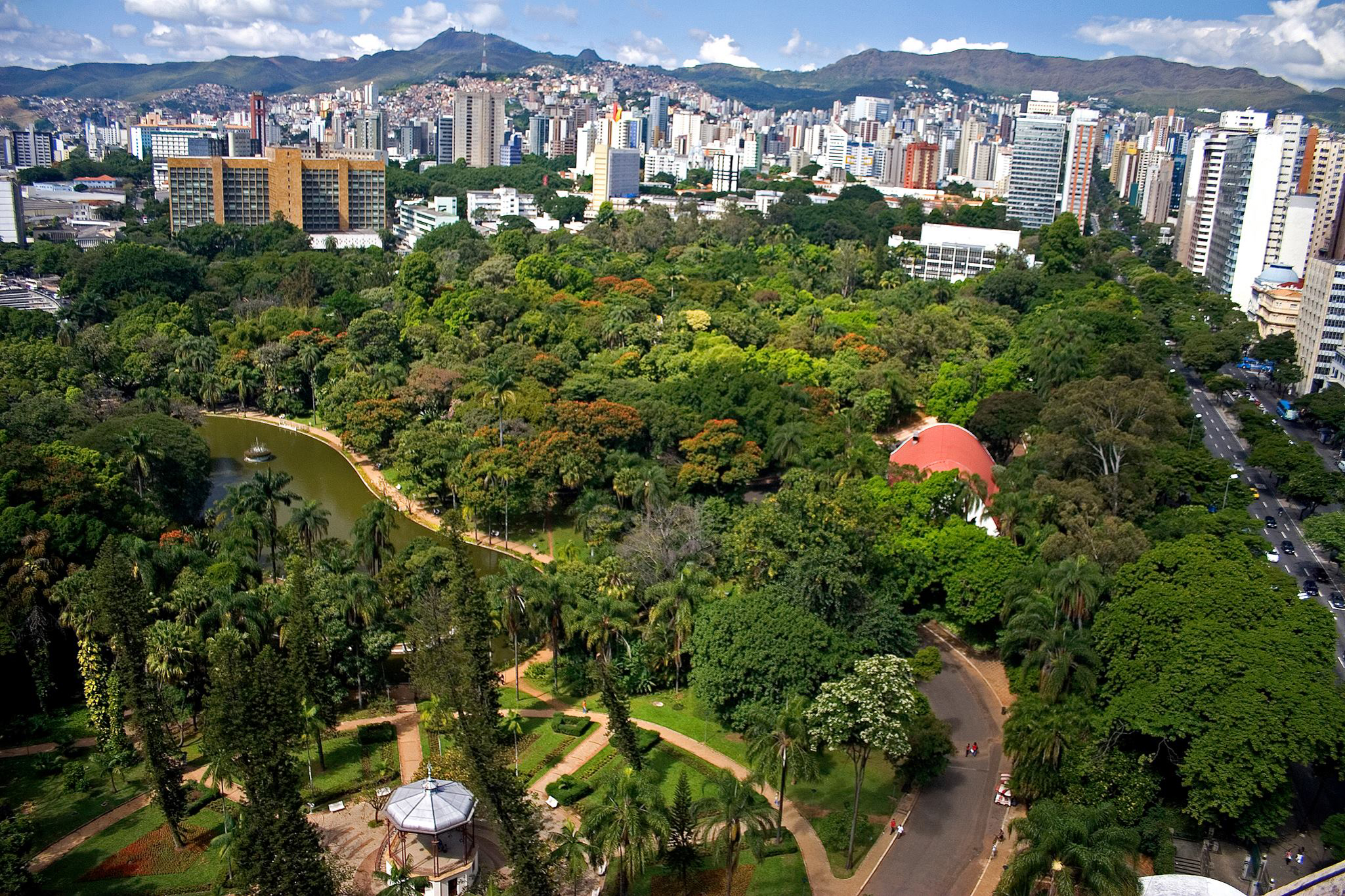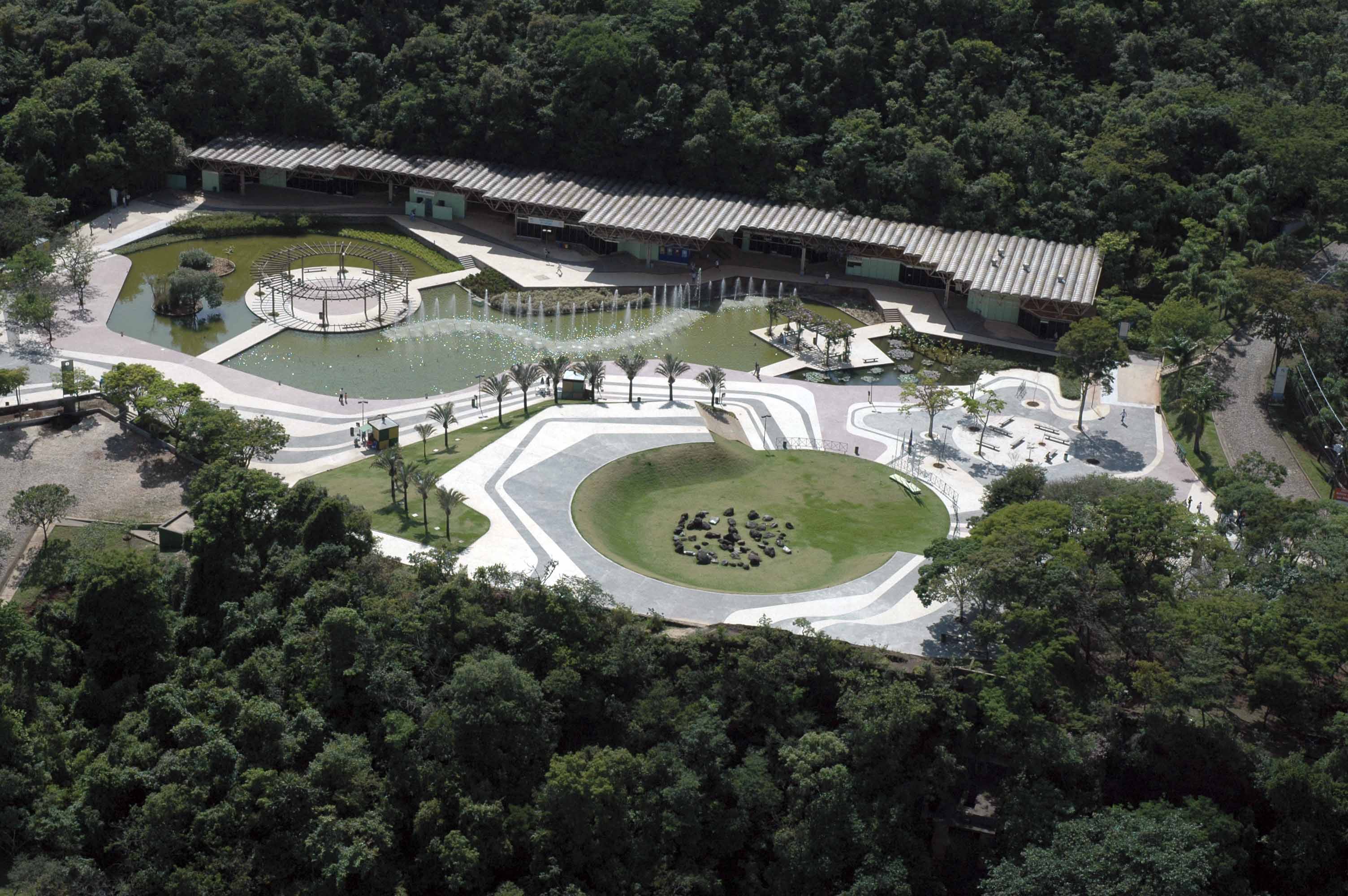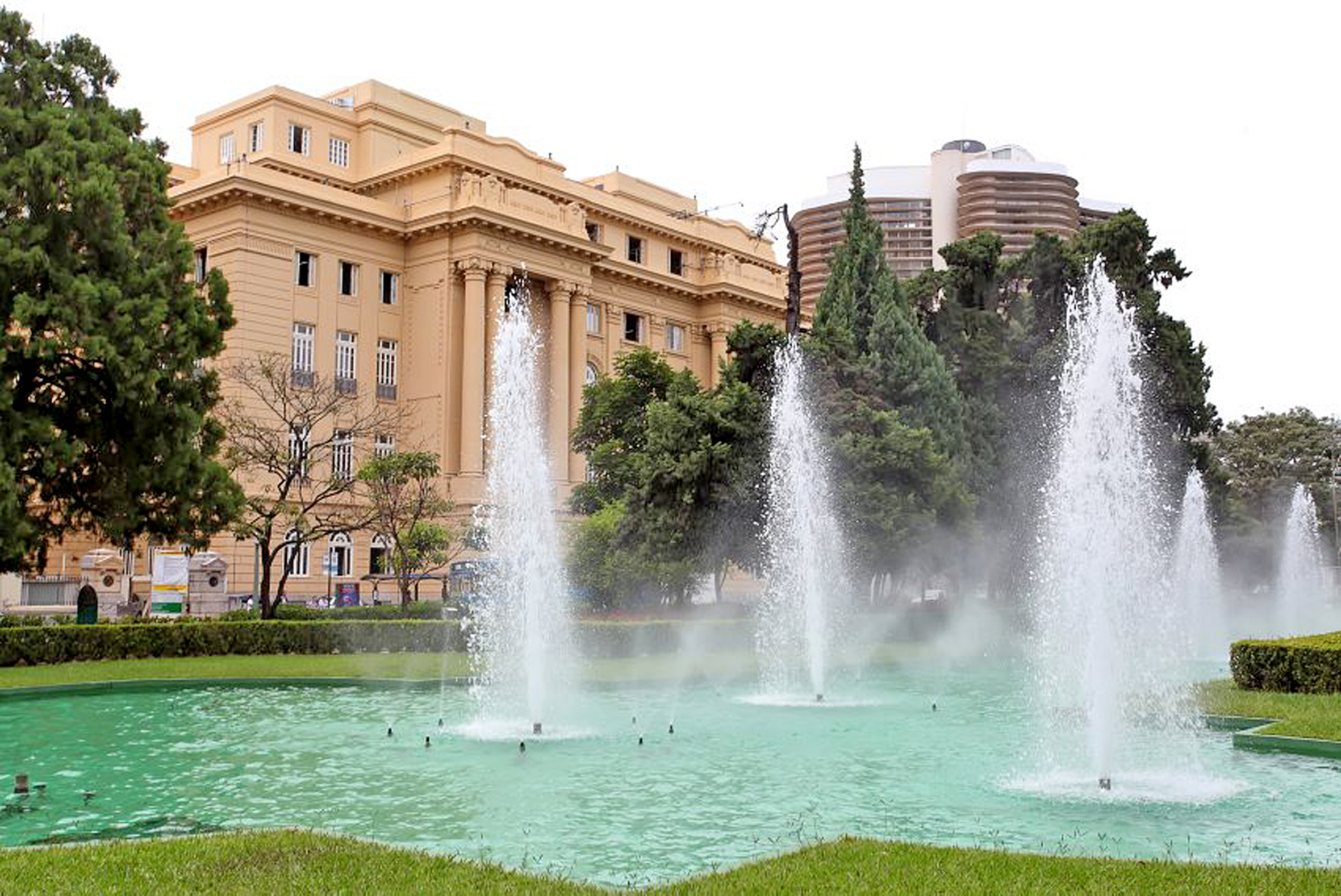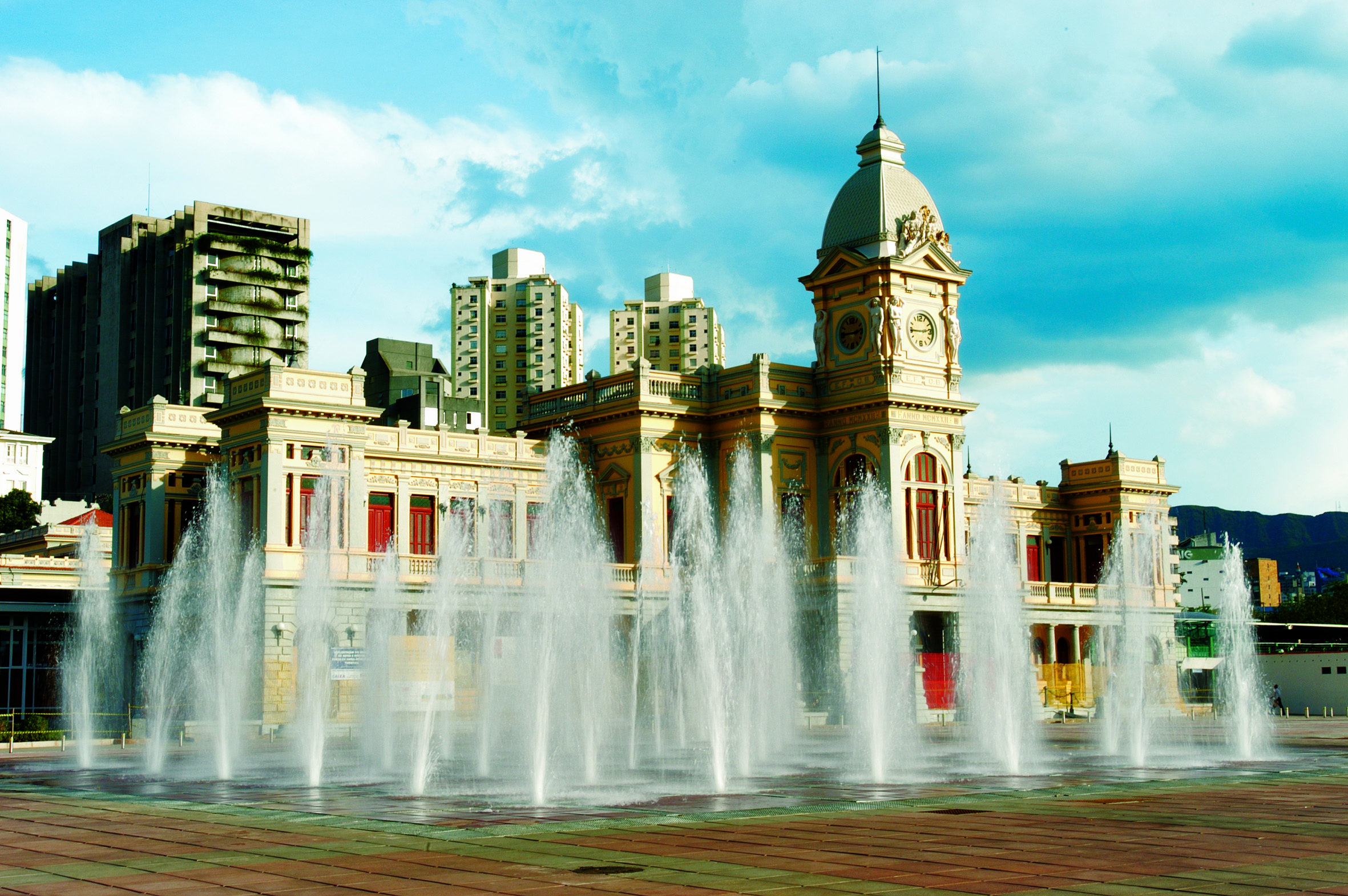Head of Government
 Álvaro Damião Vieira da Paz
Álvaro Damião Vieira da Paz
Mayor of Municipality of Belo Horizonte
Álvaro Damião Vieira da Paz
“Minha trajetória sempre foi marcada por um profundo compromisso com o meio ambiente, que, aliás, deve ser uma pauta não só dos gestores públicos, mas de toda a sociedade. Vivemos hoje no contexto das mudanças climáticas que tanto tem afetado as cidades e a vida das pessoas. Precisamos agir com firmeza e ousadia para refundar nossa cidade. Um trabalho que passa pelo plantio de árvores, revitalização de nascentes, remoção do concreto para a maior permeabilização do solo, entre outras medidas que reduzam os efeitos do aumento da temperatura e tornem nossa Belo Horizonte um lugar mais agradável e saudável para se viver.” / “My trajectory has always been marked by a deep commitment to the environment, which should be an agenda not only for public managers, but for the whole society. We presently live in the context of climate change, which has affected cities and people's lives so much. We need to act firmly and boldly to refound our city. A work that involves planting trees, revitalizing water sources, maintaining and promoting biodiversity, removing concrete for greater soil permeabilization, among other measures so to reduce the effects of the increase in temperature and to make our Belo Horizonte a more pleasant and healthy place to live.”
GALLERY
The most representative geographical landmark of the Metropolitan Region, presents its culminating point , Pico de Belo Horizonte, at an altitude of 1390m, having being listed both by the Municipality´s Organic Law and Instituto do Patrimônio Histórico e Artístico Nacional -IPHAN-. It´s protected by a park housing plants species of Campo de Altitude, Cerrado and a vegetation massif with traces of Floresta Atlântica.
The Pampulha Modern Ensemble, listed nationally in 1997, was granted the title of World Heritage Site in 2016, and it was the first to be categorized as a Cultural Landscape of Modern Heritage Site. For UNESCO, it represents a masterpiece of human creative genius, conceived as a total work of art, integrating artistic pieces into buildings and these into the landscape. Formed by a landscape complying four buildings articulated around the water mirror from an artificial urban lake - the Church of São Francisco de Assis, the Pampulha Art Museum, the Casa do Baile and the Golf Club Yacht, all of them designed by the architect Oscar Niemeyer and built between 1942 and 1943. The set is complemented by tile panels created by Candido Portinari, sculptures by artists such as Alfredo Ceschiatti and José Alves Pedrosa, and gardens designed by landscape architect Roberto Burle Marx.
On the foreground, to the left, a partial view of Américo Renné Giannetti Municipal Park, and the main downtown road, Afonso Pena Avenue, connecting the city centre to the city´s southern boundary, Serra do Curral.
"You may look at the mountains behind and say beautiful horizon. You may look at the city ahead and say Belo Horizonte. But, above all, when you look at you, you must say: What a Belo Horizonte!", described the then Pope John Paul II, viewing the city from Israel Pinheiro Square, at the top of Mangabeiras neighbourhood, at an altitude of more than 1,100 m, which, after the outdoor mass, held in 1980, is simply referred as the Pope's Square. In 1983, the square received the monument to peace, composed of a 24-meter-high sculpture, made of three steel plates, by artist Ricardo Carvão. The upper part, which points upwards, represents faith in God, and the lower part, blessing and heavenly peace; the balance between faith and blessing would be represented by the part that divides the two sides. Next to it, a cross was erected.
Covering 182 k m2, the municipal park impresses. Open to the public in September 1897, three months before the official inauguration of the city, it is the oldest environmental heritage site in town and it houses the Francisco Nunes Theater, an orchid garden, an amusement park, gym equipment areas, walking tracks, multi-sport and tennis courts. Contemplating resting on one of its stools to watch the movement, crossing the bridge over the lake to see the swans or even rowing one of the boats available for rent will certainly bring peace to anyone’s routine. A tradition of the place is the “lambe-lambe” photographers, an activity practically extinct in the rest of the country. It hosts several festivals, from Brazilian roots music to electronic rhythm, from traditional theater to puppet shows, from ballet to contemporary dance. Other activities are also developed, such as free Yoga and Lian Gong classes.
Parque das Mangabeiras combines children's play, extreme sports, wildlife observation, trails and ponds with fish in an environment of perfect harmony. Located at the foot of Serra do Curral, a cultural heritage site of Belo Horizonte, the park was designed by landscape architect Roberto Burle Marx and it preserves in its area (2.4 million square meters) 59 springs of the Córrego da Serra, which is part of the São Francisco River Basin. At an altitude varying from 1,000 to 1,300 meters, the climate is generally mild and inviting. In addition to the trails through areas of Cerrado and Atlantic Forest and Praça das Águas, where coatis, tamarins, caxinguelês (squirrels), guans and saracuras can be observed, visitors may enjoy shuttlecock, tennis and sports courts, a skate park, toys and cultural activities. The park is also home to about 20 species of reptiles and 20 species of amphibians. The park signs visitation routes for different types of activities. In the "Forest Route", it is possible to get to know a little more about the vegetation, passing through the Native Seedlings Nursery, Environmental Education Center, Mirante (observation deck) da Mata and Morro do Pic-Nic/Vale dos Quiosques. For those seeking contact with water resources, there is the "Water Route", integrated by Recanto da Cascatinha and Lago dos Sonhos. For recreational and sports activities, the "Rota do Sol" has the Hobby Islands, Skate Park, Crusher Square, Sports Park and Ciranda dos Brinquedos.
In the plan of Belo Horizonte, Praça da Liberdade (Liberty Plaza) was the venue chosen to locate the state administrative centre, surrounding a French-inspired garden. This region with a symbolic value has become the starting point for the implementation of one of the largest cultural complexes in Latin America. The Circuito Liberdade, inaugurated in 2010, is composed of dozens integrated cultural facilities, such as museums, culture and training centres, catering for different aspects of the cultural and artistic universe, thus attracting millions of domestic and foreigner visitors. Old public buildings were transformed into interactive spaces that reflect diversity, enabling numerous itineraries: historical, artistic and thematic collections, cultural centres, library and spaces for workshops, courses and open studios, a planetarium, coffee shops, restaurants and shops. The attractions also include national and international traveling exhibitions, extensive children's programming, technology workshops for people over 60 years old and permanent exhibitions, such as the panel Civilização Mineira – the largest one about the artist Candido Portinari in Minas Gerais. Not only the museums and cultural centres, but also the plaza also become stages for cultural and artistic events and performances. All the year round, several events are held, such as literary launches, musical and theatrical performances, Christmas decorations and carnival celebrations. The plaza space is also used by neighbouring museums to expand culture beyond their walls, as in the Digital Façade show sponsored by the UFMG Knowledge Space, which transforms its building into a large canvas of exhibition that exposes, every night, images that unite art and science.
Around Rui Barbosa Square, or Station Square, as it is locally known, there are some of the landmarks of the origins of history and neoclassical architecture of the capital. In this place, the ground zero of the railway branch was located, as a symbol for the beginning of the construction of the planned city. At the lowest point of the urban fabric, the cornerstone of the Estação de Minas (Minas Gerais Central Station) building was laid, when building blocks were taking shape. The station building, which was the main point of arrival and departure of passengers and the new habitants, remains a reference for becoming one of the main public spaces to hold concerts and events and a centre of a wider cultural circuit. Praça da Estação hosts one of the biggest June festivals in the country, the Arraial de Belo Horizonte. There are also the Central Metro Station and the boarding station fof the legendary Vitória-Minas Railroad Passenger Train, which departs daily at 7:30 am. The Sesi Museum of Arts and Crafts, the only one of its kind in Latin America, and the Youth Reference Center are some other attractions there.
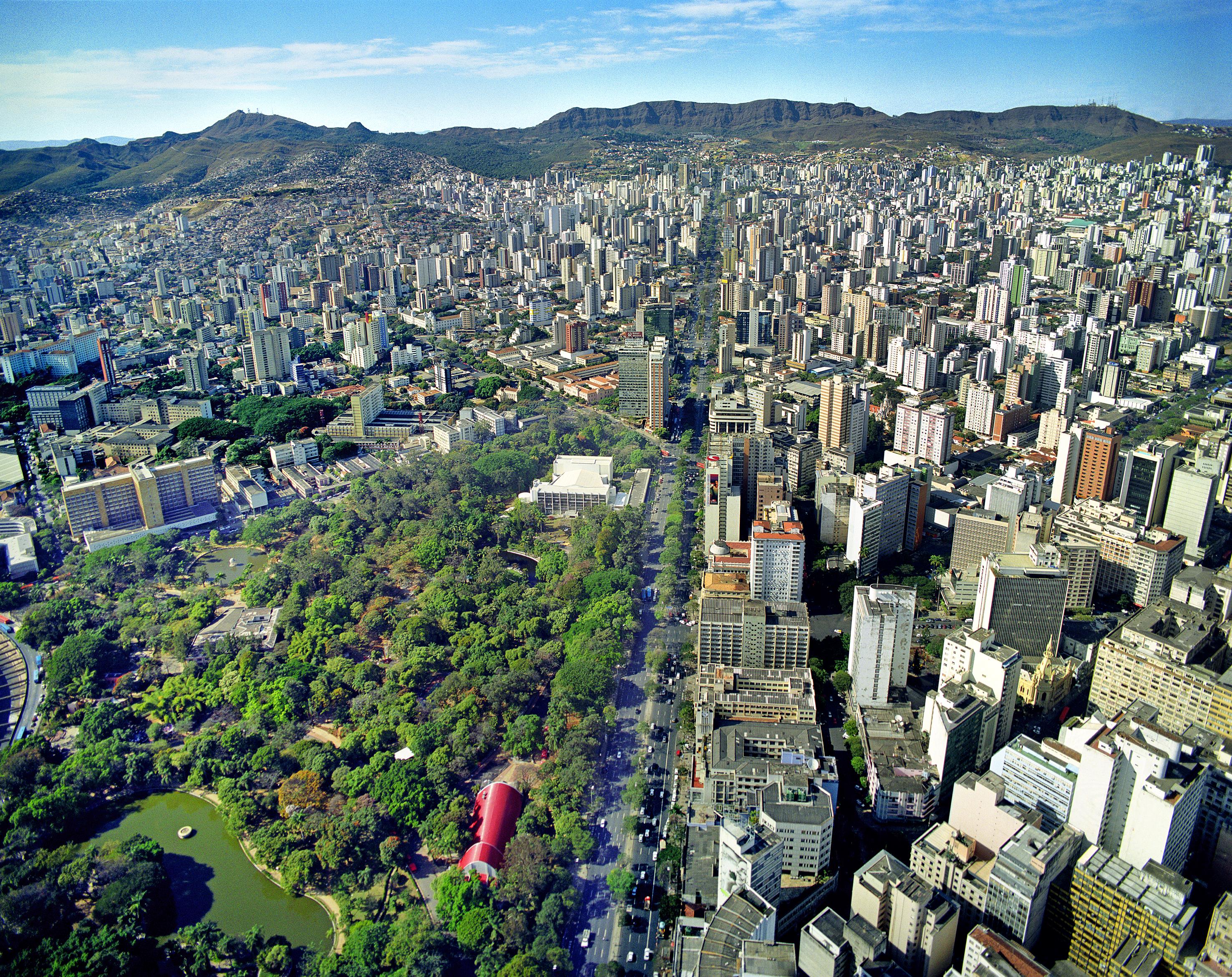
.jpg)
